 Ava Montgomery
Ava Montgomery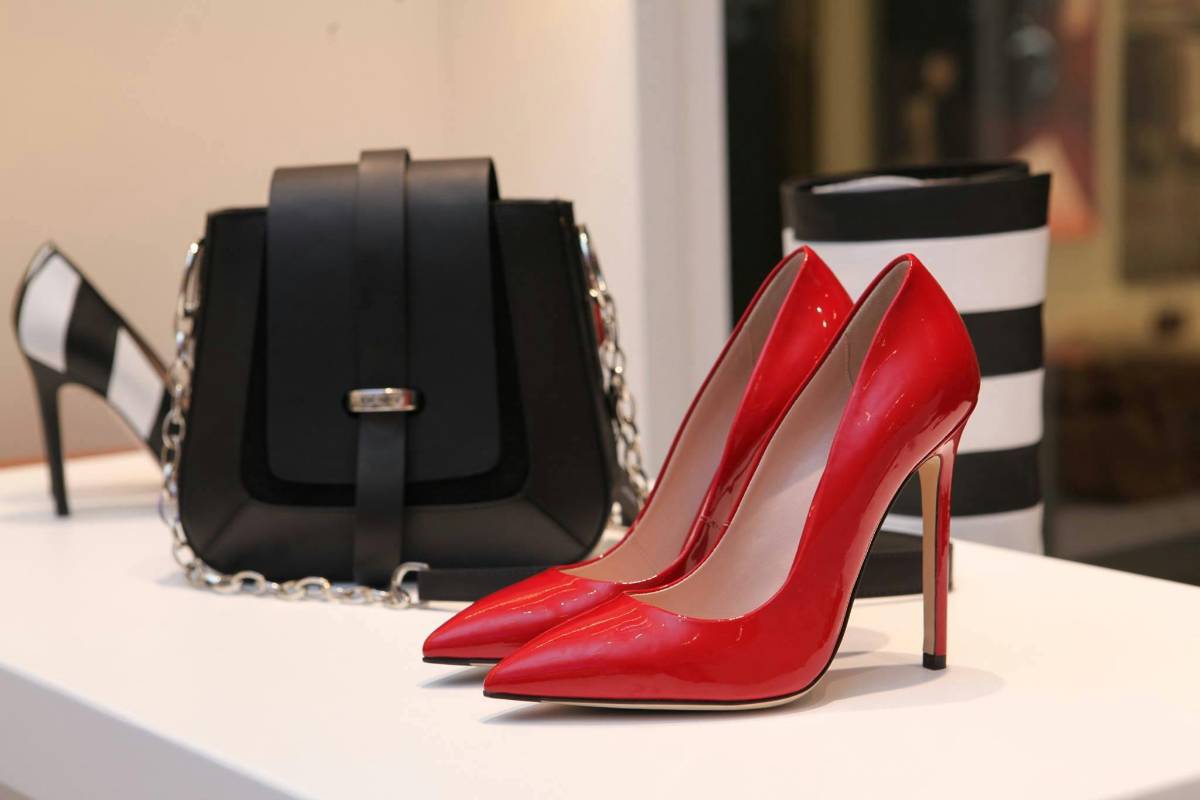
Boutique
The Psychology of Boutique Shopping: Why Less Really Is More
In a world dominated by fast fashion and endless options, boutique shopping offers something radical: simplicity. The boutique experience is intimate, curated, and deliberate—an antidote to decision fatigue and impulse-driven consumerism. Psychologically, it taps into a deeper human need for meaning, control, and connection.***1. The Appeal of CurationBoutiques offer fewer choices, but each piece is carefully selected. This reduces overwhelm and boosts satisfaction. When customers encounter limited but high-quality options, it creates a sense of exclusivity and trust in the brand’s taste. Every item feels intentional.***2. Emotional Connection to ProductsSmaller retail environments allow for storytelling. Whether it’s a handwoven scarf or a sustainably sourced fragrance, boutique items often come with a backstory. These narratives deepen emotional connections and make purchases feel more purposeful and rewarding.***3. Personal Attention and Human TouchIn boutique settings, staff often act more like personal shoppers than salespeople. This one-on-one attention not only elevates the shopping experience but also satisfies psychological needs for recognition and validation. Customers leave feeling seen and understood.***4. The Luxury of Space and SilenceUnlike crowded department stores, boutiques offer room to breathe. The minimal design, soft lighting, and absence of loud music create a calming environment. This quiet elegance helps customers focus and enjoy the process rather than rush through it.***5. Confidence in Purchase DecisionsBecause boutique collections are tightly edited, shoppers often feel more confident about what they buy. The absence of excessive choice reduces buyer’s remorse and supports long-term satisfaction. Each item becomes a thoughtful addition to a wardrobe, not just another acquisition.***6. A Sense of DiscoveryBoutiques often carry independent designers, niche fragrances, or handcrafted pieces that aren’t found elsewhere. This creates a treasure-hunt vibe, triggering dopamine spikes when customers find “the one.” That thrill of discovery enhances loyalty and word-of-mouth referrals.***7. Mindful ConsumerismThe boutique philosophy aligns with conscious consumption. Shoppers are encouraged to buy better, not more. This aligns with values of sustainability, minimalism, and intentional living—appealing to modern consumers who seek alignment between their purchases and personal ethics.***8. A Break from Algorithmic ShoppingIn an age where online shopping is guided by data and algorithms, boutiques provide a refreshing return to human taste and tactile engagement. Customers get to touch, smell, and try on products while guided by instinct and in-store aesthetics rather than digital suggestions.***9. Boosting Self-IdentityPurchasing from a boutique allows customers to express individuality. Rather than wearing mass-produced items, they choose pieces that align with their unique identity. This reinforces a sense of self and personal style, which has a direct impact on confidence and mood.***10. The Afterglow of the ExperienceThe boutique shopping experience lingers beyond the purchase. The ambiance, the conversation, the special packaging—all contribute to positive memory recall. This emotional afterglow increases the perceived value of the item and makes customers eager to return.***ConclusionBoutique shopping is more than just buying—it’s a mindful ritual rooted in psychology. It fulfills the human desire for simplicity, connection, and authenticity. In a culture of more, the boutique reminds us that less, when done right, truly is more.
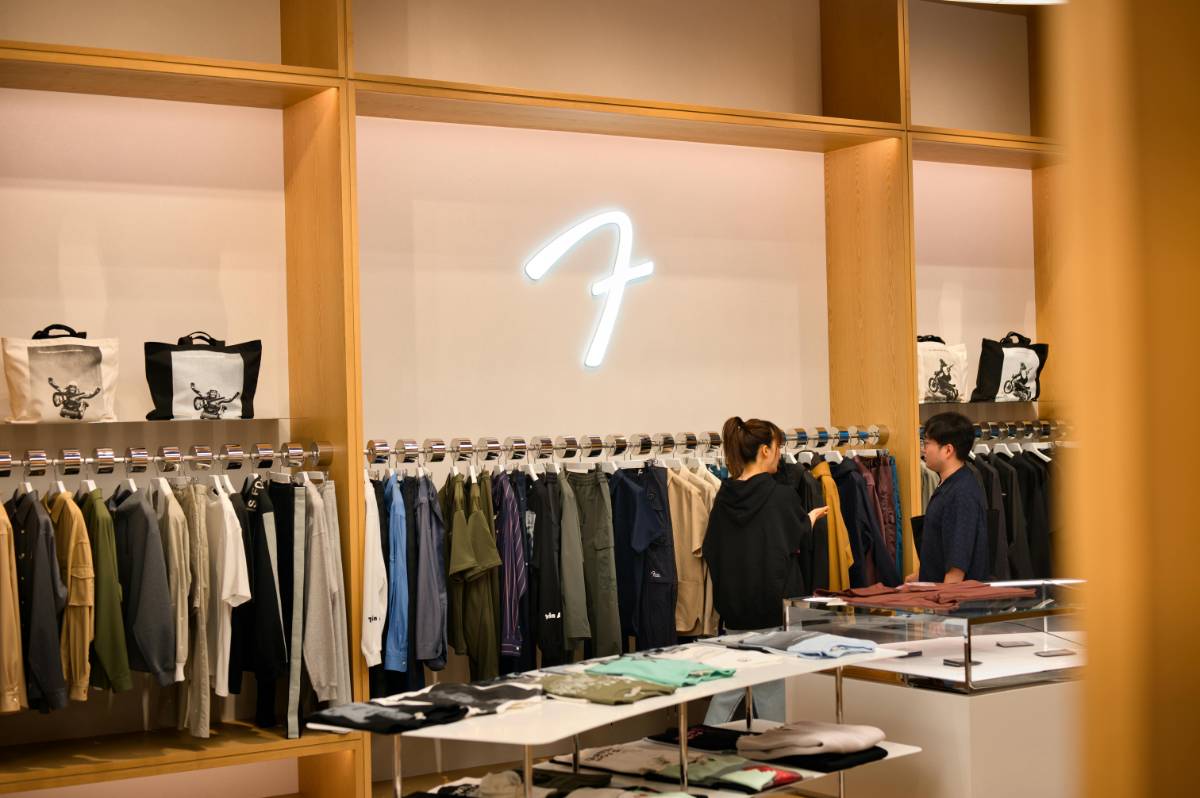
Boutique
Why Boutique Retail is Outshining Flagship Stores
For decades, flagship stores were seen as the crown jewels of retail—monumental, centrally located, and architecturally impressive. But a new era has arrived. Boutique retail is stealing the spotlight by offering intimacy, personalization, and a curated experience that flagship stores often struggle to match.***1. Intimacy Over ImpactFlagship stores are designed to impress with scale and spectacle. But today's luxury consumers crave emotional connection. Boutique shops—smaller in size—create a warm, welcoming environment where clients feel known rather than numbered.***2. Hyper-CurationBoutiques have the freedom to edit. Instead of displaying an entire seasonal collection, they showcase handpicked pieces that reflect the local clientele’s taste and lifestyle. This tightly curated approach feels more thoughtful and exclusive.***3. Personalized ExperienceIn boutique retail, service is everything. Shoppers often form personal relationships with the staff, enjoy private appointments, and receive honest style guidance. The experience feels less transactional and more consultative—tailored and memorable.***4. Neighborhood IntegrationBoutiques often blend into vibrant local communities, enhancing their charm. Whether it's a cobblestone street in Paris or a side lane in Tokyo, these shops feel rooted in place, offering authenticity that large flagship stores rarely deliver.***5. Agility and ExperimentationSmaller stores are more nimble. They can quickly adapt to trends, test new collections, and collaborate with local artists or designers. This agility keeps the boutique experience fresh and ever-evolving.***6. Low-Key LuxuryBoutique shoppers often prefer subtlety over flash. These spaces reflect that mindset—muted tones, artisanal displays, and an ambiance that whispers elegance. It’s luxury for those who don’t need to prove it.***7. Digital Integration Without DistractionWhile flagships invest in heavy tech installations, boutiques use digital tools more discreetly. Think mobile POS systems, appointment-based scheduling, or virtual consultations that complement the in-store experience without overwhelming it.***8. Localized InventoryUnlike flagships that standardize offerings, boutiques often stock products suited to their specific geography and clientele. This makes shopping feel more exclusive—what’s found in one boutique might not be found anywhere else.***9. Community-BuildingMany boutiques host trunk shows, local artist exhibits, or private styling nights, turning retail into a lifestyle. These events foster loyalty and transform customers into brand advocates.***10. Post-Pandemic PreferencesThe pandemic reshaped consumer behavior. Smaller, less crowded stores feel safer and more personal. The boutique model aligns perfectly with today’s demand for meaningful, low-contact luxury shopping.***ConclusionWhile flagship stores still hold iconic status, boutique retail is winning hearts with intimacy, agility, and authenticity. As luxury evolves from spectacle to substance, the boutique is no longer an alternative—it’s the new ideal. In the quiet corners of fashion’s capitals, true luxury finds its voice.
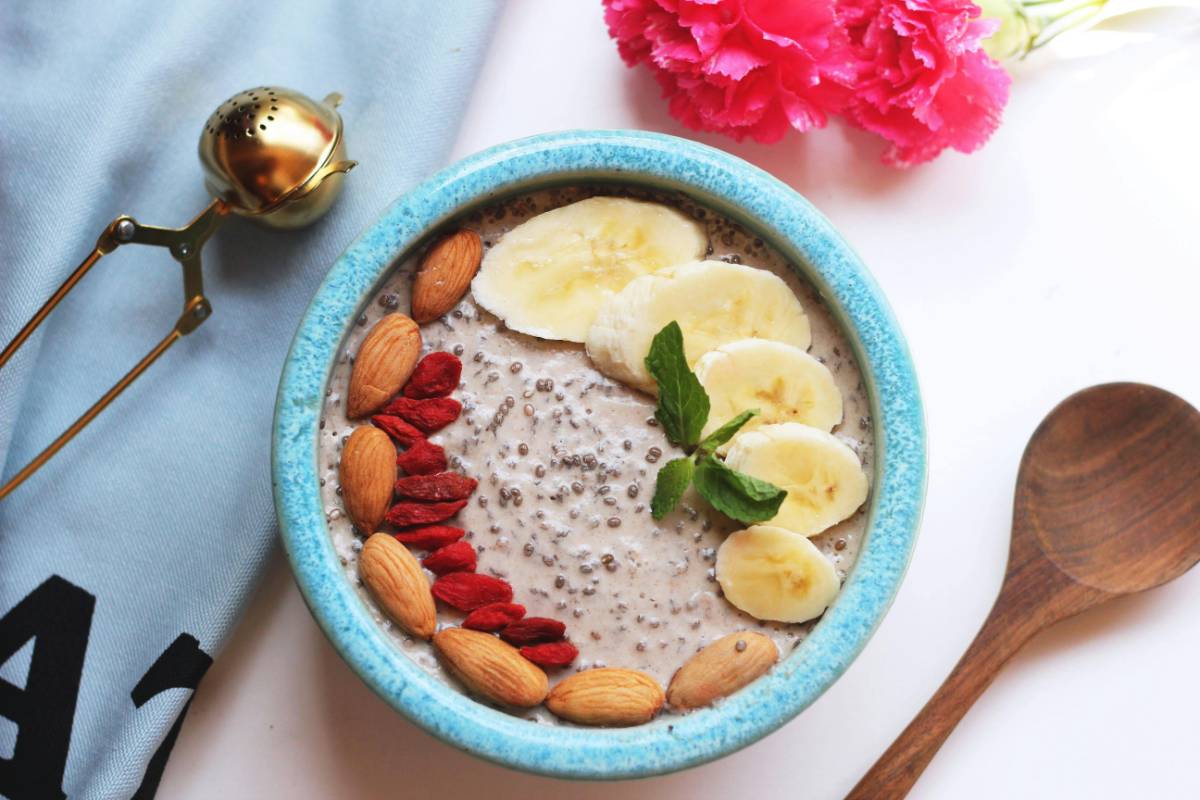
Wellness
How the Rich Reset: A Peek Into Billionaire Wellness Habits
When money is no object, wellness becomes an art form. For billionaires, self-care is not a once-in-a-while indulgence — it's a daily, calculated investment. From biohacking retreats in the Alps to personalized longevity regimens, the ultra-wealthy have redefined what it means to rest, recover, and reset.***1. Wellness as a Wealth StrategyTo the rich, wellness isn't just about feeling good — it's about sustaining performance and protecting their most valuable asset: themselves. Billionaires schedule wellness with the same precision they schedule board meetings, integrating mental, physical, and emotional health into their calendars.***2. Private Longevity ClinicsForget annual checkups. Ultra-wealthy individuals frequent longevity clinics in Switzerland, Monaco, and Beverly Hills. These offer full-body MRI scans, cellular age testing, telomere analysis, and custom hormone balancing — all guided by elite physicians and molecular biologists.***3. Jet-Set Detox RetreatsA billionaire’s version of a getaway involves flying private to detox destinations like SHA Wellness in Spain or VIVAMAYR in Austria. Days begin with guided fasting, colon hydrotherapy, and lymphatic drainage massages, followed by nutrient infusions and hyperbaric oxygen therapy.***4. The Ice Bath ObsessionMany billionaires swear by the Wim Hof Method and daily cold plunges. Homes feature marble ice baths chilled to near-freezing temps, and recovery routines include cryotherapy chambers and contrast showers. The result? Faster recovery, improved mood, and a resilient mindset.***5. Spiritual Wellness CoachesMental and emotional health are taken seriously. Billionaires often work with spiritual advisors, sound healers, and energy coaches. Sessions may include cacao ceremonies, breathwork journeys, and neurofeedback-enhanced meditation to release stress and rewire focus.***6. Personal Biohacking LabsSome billionaires have dedicated rooms filled with red light panels, PEMF mats, neurostim devices, and sleep pods. Daily routines are optimized using wearables that track HRV, sleep quality, and glucose levels in real time. All data is analyzed by private wellness consultants.***7. Custom Supplement ProtocolsPharmaceutical-grade supplement stacks are created based on DNA and blood work. These regimens might include nootropics, NAD+ boosters, mitochondrial enhancers, and gut-healing compounds — all tracked and adjusted monthly with lab testing.***8. The Wellness StaffBeyond chefs and personal trainers, the billionaire wellness team may include a full-time breathwork coach, live-in physiotherapist, longevity doctor on call, and a biohacking technician. Wellness is managed like a business — with results, systems, and reviews.***9. Zen Meets LuxuryPrivate meditation gardens, Japanese forest rooms, and Himalayan salt saunas are standard in many billionaire homes. The aesthetic merges luxury design with ancient calm — creating spaces that look like art galleries but function like temples of stillness.***10. Rest as RitualSleep is non-negotiable. Bedrooms feature circadian lighting systems, EMF-shielding canopies, cooled mattresses, and smart aromatherapy. Pre-sleep rituals include binaural beats, grounding mats, and magnesium baths. For the rich, sleep is the ultimate recovery tool.***ConclusionBillionaire wellness isn’t about indulgence — it’s about optimization. It’s a science-backed, spiritually infused approach to life that prioritizes longevity, clarity, and performance. As the rest of the world catches on, these elite rituals may soon shape how we all define true well-being.
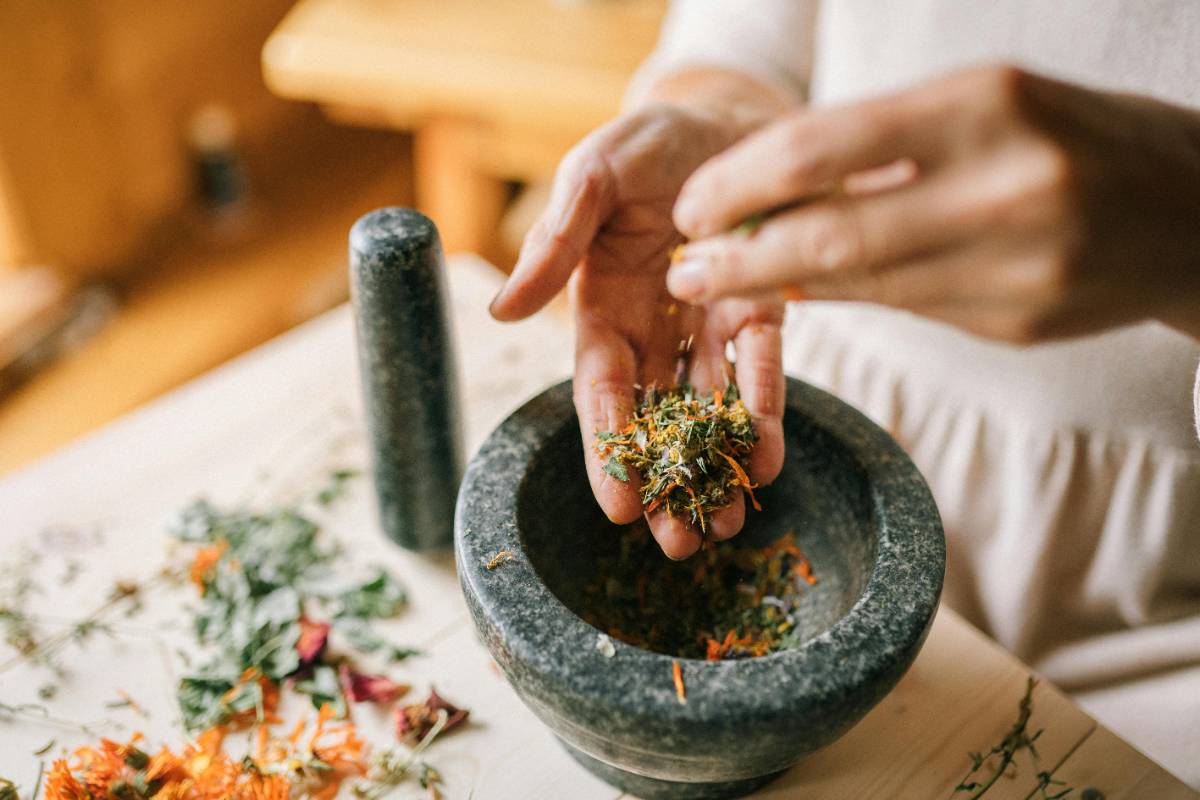
Wellness
Ayurveda to Aromatherapy: A Guide to Global Healing Rituals in Luxe Spas
In an era where luxury meets mindfulness, global healing rituals have become the centerpiece of upscale spa experiences. From ancient Ayurvedic practices in India to delicate French aromatherapy, the world of wellness has never felt more indulgent—or interconnected.***1. The Timeless Appeal of AyurvedaOriginating more than 5,000 years ago in India, Ayurveda emphasizes balance between the body, mind, and spirit. Luxe spas worldwide now offer personalized Ayurvedic therapies like Abhyanga (warm oil massage), Shirodhara (forehead oil streaming), and dosha-specific detox diets.***2. Aromatherapy: The European TouchAromatherapy, particularly popular in France and the UK, uses essential oils derived from herbs and flowers to stimulate relaxation and healing. In premium spas, therapists use lavender, rosemary, and neroli oils in synergy with light massage, creating a calming multisensory experience.***3. Japanese Onsen & Forest BathingIn Japan, healing often means immersing yourself in nature. Luxury resorts now incorporate "Shinrin-yoku" (forest bathing) and traditional Onsen hot springs into curated spa journeys. These offer detoxification, improved blood circulation, and profound mental clarity.***4. Turkish Hammams: A Communal RitualA staple of Middle Eastern wellness, the Turkish Hammam offers a ritualistic deep cleanse. In five-star resorts across Istanbul and Dubai, marble steam rooms and kessa mitt exfoliation sessions recreate the authentic, centuries-old traditions of rejuvenation.***5. Scandinavian HydrotherapyNordic spas, especially in Iceland and Sweden, emphasize cold plunges, steam baths, and saunas in structured cycles. This contrast therapy boosts circulation and strengthens immunity. High-end retreats often include ice-cold waterfalls and thermal lagoons as part of the hydro circuit.***6. Balinese Energy HealingRooted in spirituality, Balinese healing includes chakra balancing, crystal therapy, and reiki-style energy cleansing. Many resorts now partner with local healers to offer guests a deeply cultural and restorative experience amid jungle or coastal settings.***7. Moroccan Rhassoul RitualsThe use of Rhassoul clay in Moroccan traditions provides mineral-rich detoxification. Luxury hammams often follow a multistep approach: black soap cleansing, steam, clay application, and aromatherapeutic massage—leaving skin radiant and spirit revitalized.***8. Tailored Healing JourneysModern luxury spas don’t just offer treatments—they craft holistic healing journeys. Guests can curate their path with the help of wellness consultants, blending rituals like Ayurveda and aromatherapy into a multi-day immersive escape designed for restoration.***Conclusion: Cultural Wisdom in Modern ComfortAs wellness becomes more global and experiential, the marriage of age-old healing practices with luxurious amenities is redefining the spa landscape. The true essence of luxury now lies in honoring ancient wisdom while enveloping it in modern serenity.
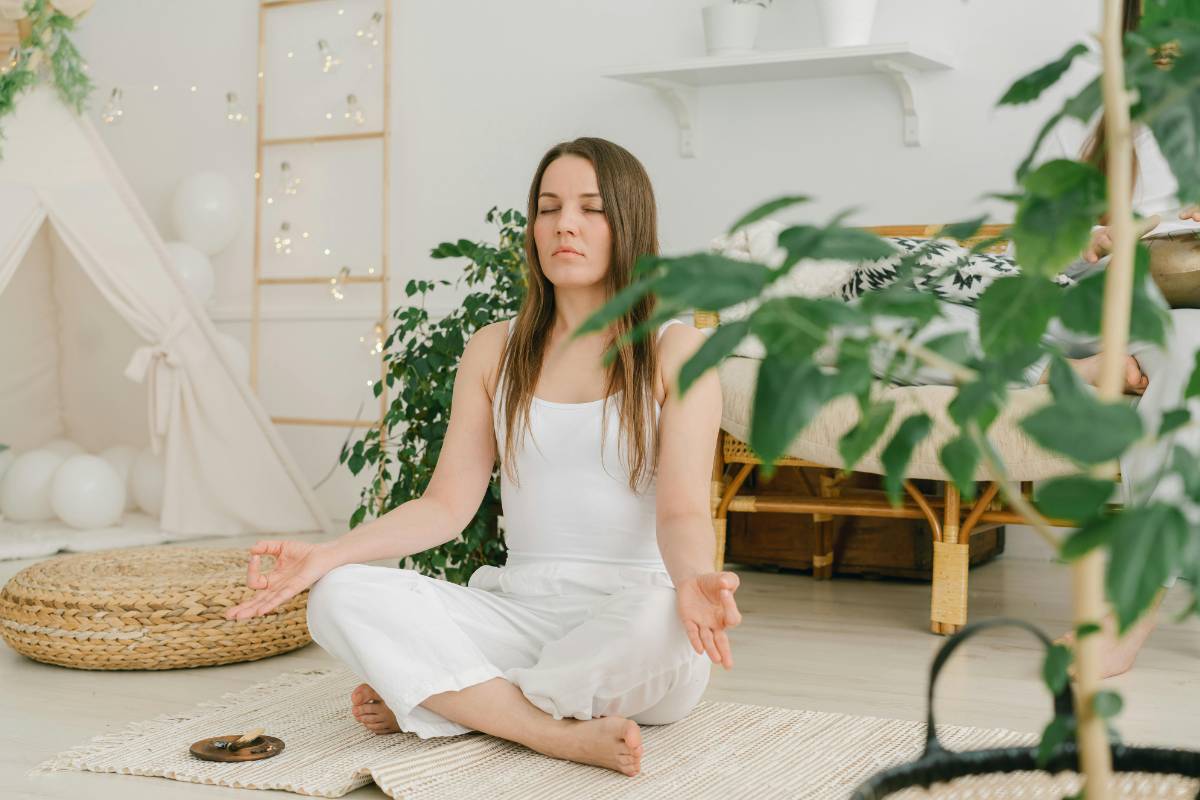
Wellness
Cryotherapy, Vitamin Drips & Mindfulness: The Future of High-End Self-Care
High-end self-care is evolving into a holistic lifestyle. Beyond traditional spa days or skincare routines, the future of wellness now includes innovative therapies like cryotherapy, IV vitamin drips, and mindful living. These cutting-edge practices are redefining what it means to invest in oneself—blending science, luxury, and mental well-being.***1. The Rise of CryotherapyWhat began as a recovery tool for elite athletes has now entered luxury wellness. Cryotherapy involves exposing the body to extremely cold temperatures for a few minutes. This treatment reduces inflammation, boosts metabolism, and enhances mood. Upscale wellness centers now offer full-body cryo chambers in elegant, boutique-style environments.***2. Vitamin Drips: Wellness in a BagIV therapy lounges are popping up in high-end neighborhoods and five-star hotels. These vitamin drips deliver hydration, minerals, and nutrients directly into the bloodstream, promoting quick recovery from fatigue, stress, or jet lag. Custom blends—like beauty boosters or immunity fortifiers—are tailored to individual needs under medical supervision.***3. Mindfulness as a Luxury PracticeMindfulness is no longer a niche trend—it’s a luxury staple. From guided meditation suites in wellness resorts to virtual reality mindfulness pods, high-end experiences now prioritize mental clarity. Brands are integrating meditation and breathwork apps into hotel stays and spa programs, making inner peace part of the package.***4. Tech-Infused WellnessLuxury self-care is becoming increasingly tech-forward. Smart saunas, sleep pods, and biohacking tools are entering the wellness lexicon. Personalized data from wearable devices informs custom wellness plans. Some spas even use AI to tailor skin treatments, exercise regimens, and nutritional advice for optimal results.***5. Spa Spaces Go HolisticSpas are transforming into full-service wellness sanctuaries. Aromatherapy, infrared light therapy, sound healing, and energy work are being combined into immersive packages. The experience is curated from arrival to exit—custom scents, chromotherapy lights, curated playlists, and bespoke herbal teas—turning a spa visit into a sensory journey.***6. Personalized Wellness PlansSelf-care is no longer one-size-fits-all. High-end wellness now starts with diagnostics—DNA tests, blood work, and lifestyle assessments—used to create hyper-personalized health blueprints. These plans are managed by wellness concierges, with regular updates and fine-tuning, much like a financial advisor for your body and mind.***7. Celebrity-Backed Wellness TrendsStars like Gwyneth Paltrow, Hailey Bieber, and Chris Hemsworth are leading the way with wellness brands and routines. Their endorsement brings visibility and credibility to self-care trends. Celebrity-favorite treatments like lymphatic drainage massages, NAD+ therapy, and meditation retreats have now become status symbols.***8. Mental Wellness at the ForefrontLuxury self-care recognizes the importance of mental health. Silent retreats, journaling coaches, and private therapy sessions in serene, luxurious locations are gaining popularity. Brands now offer subscriptions for mental wellness content and apps that support emotional intelligence and stress management.***9. Nutrition Meets IndulgenceGone are the days of bland detoxes. Today’s luxury wellness menus include gourmet plant-based meals, adaptogenic lattes, and clean cocktails infused with botanicals. Nutritionists work alongside chefs to craft dishes that heal and delight. It's about nourishment that feels decadent, not restrictive.***10. The Business of LongevityLuxury wellness is shifting toward longevity science. Anti-aging isn’t just topical—it’s cellular. High-end clients are investing in telomere testing, peptide therapy, and age-reversal clinics. Institutions are combining Eastern traditions with modern biotech to offer the most comprehensive age-defying programs available.***11. Rituals that Ground and EmpowerDaily rituals—like journaling, cold plunges, digital detox hours, or gua sha—are gaining popularity among the elite. Luxury is increasingly defined by time, presence, and balance. These small but impactful habits are elevated through elegant tools and curated routines, fostering both mindfulness and status.***ConclusionThe future of high-end self-care lies in personalization, innovation, and integration. Whether through cryotherapy chambers, nutrient IVs, or tech-enhanced meditation, luxury wellness is now a full-spectrum experience. It’s no longer just about pampering—it’s about purposeful living, conscious choices, and redefining indulgence as intelligent investment.

Fragrance
Collector’s Guide: Limited Edition Perfumes Worth Investing In
Limited edition perfumes are more than just scent—they’re wearable art, status symbols, and in some cases, appreciating assets. For collectors and connoisseurs alike, investing in rare fragrances is as much about passion as it is about prestige.***1. Why Limited Editions MatterThese rare creations often involve unique ingredients, artistic packaging, or are created to commemorate a moment in time. They become coveted not only for their smell but for their story.***2. House Releases vs. CollaborationsSome are born from in-house inspiration—like Chanel’s Les Exclusifs—while others are the product of collaborations between perfumers and artists, fashion designers, or cultural icons.***3. Bottles as MasterpiecesLimited editions often feature bespoke bottles: think Baccarat crystal, hand-blown glass, or 24k gold embellishments. These elevate the perfume to collectible status even after the last drop is gone.***4. Discontinued IconsScents like Guerlain’s Iris Ganache or Tom Ford’s Japan Noir have developed cult followings post-discontinuation, fetching high resale prices in collector circles.***5. Fragrance Houses to WatchBrands like Roja Parfums, Amouage, Clive Christian, and Maison Francis Kurkdjian regularly release collector-worthy pieces, complete with numbered bottles and certificates of authenticity.***6. Preservation and StorageProper storage is key. Keep bottles in a cool, dark place to maintain the integrity of both the juice and the packaging over time.***7. The Resale MarketPlatforms like eBay, niche fragrance forums, and auction houses have seen growing demand for ultra-rare scents. Some collectors buy multiples—one to use, one to keep, and one to sell.***8. Fragrance as an HeirloomBeyond resale, limited edition perfumes can be passed down like jewelry—an olfactory memory of generations, complete with their own legacy.***9. The Role of EmotionUnlike other investments, fragrance is deeply emotional. A scent tied to a life event, place, or person often becomes priceless to the individual collector.***ConclusionLimited edition perfumes are where craftsmanship, luxury, and memory converge. Whether you’re investing for profit or sentiment, these fragrances offer a timeless allure that few other collectibles can match.
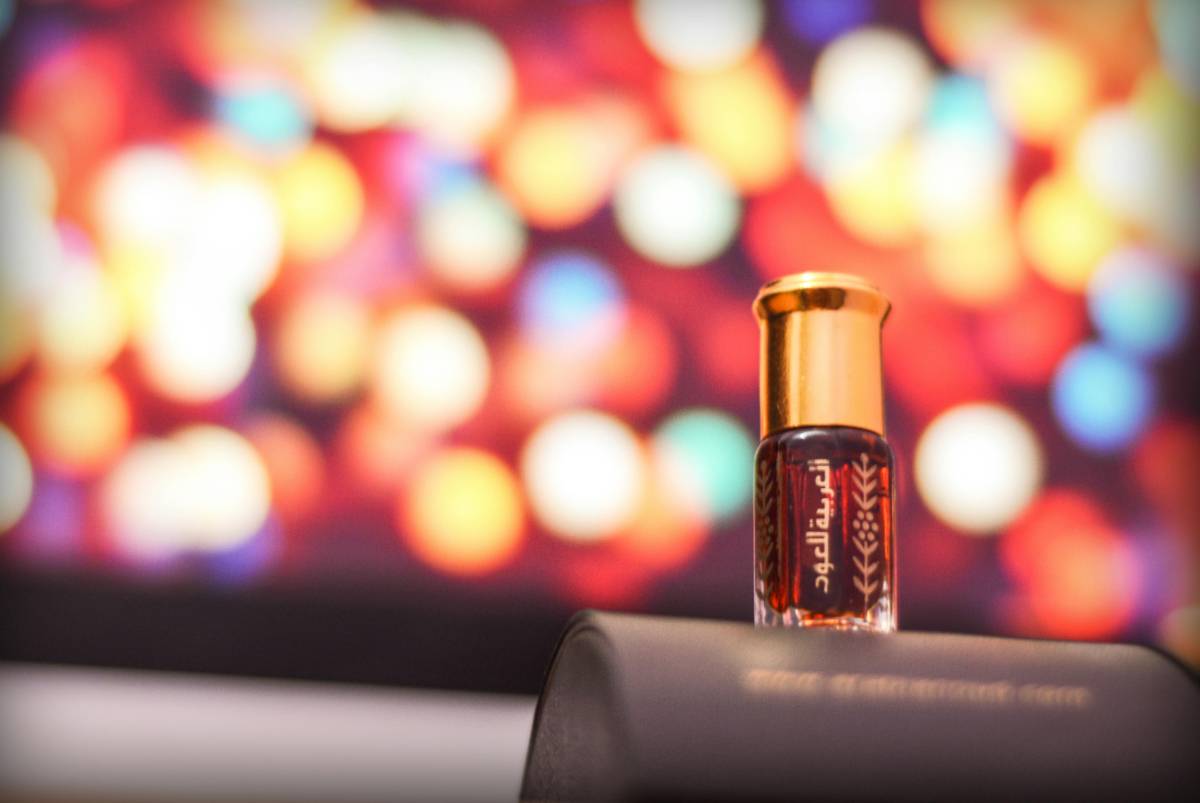
Fragrance
Why Oud Remains the Crown Jewel of Luxury Scents
Few ingredients command as much reverence in perfumery as oud, often called “liquid gold.” Its rich, resinous aroma and storied history make it the ultimate marker of luxury and sophistication.***1. Ancient Origins and ReverenceOud’s heritage dates back millennia, prized by ancient civilizations for its sacred and medicinal properties. In many cultures, burning agarwood was reserved for royalty and religious ceremonies.***2. Extraction of Agarwood OilTrue oud oil comes from the resinous heartwood of the Aquilaria tree, infected naturally by a specific mold. This rare process can take decades, resulting in a deeply complex and potent oil.***3. Rarity and PriceBecause only a fraction of Aquilaria trees produce usable resin, oud is exceedingly rare. High demand and limited supply drive prices into the thousands per ounce, solidifying its status as a precious commodity.***4. Complex Aromatic ProfileOud’s scent evolves over time—opening with smoky, leathery top notes before revealing nuances of wood, amber, and sweet balsam. This layered complexity creates an unforgettable fragrance journey.***5. Role in Perfume TraditionFor centuries, Middle Eastern and South Asian perfumers have built entire compositions around oud. Its deep, mystical character forms the backbone of many iconic oriental fragrances.***6. Modern InnovationsContemporary brands are blending oud with unexpected notes—like rose, saffron, and vetiver—to appeal to global audiences. These modern takes highlight oud’s versatility and enduring appeal.***7. Cultural and Spiritual SignificanceBeyond perfumery, oud remains a symbol of status, spirituality, and ceremony. In many Gulf countries, homes are scented with burning chips of agarwood, signifying hospitality and honor.***8. Sustainability ChallengesOverharvesting and illegal logging threaten wild Aquilaria populations. In response, ethical brands are investing in sustainable cultivation and transparent sourcing to protect this precious resource.***9. Synthetic vs. Natural OudWhile synthetic oud molecules offer consistency and lower cost, they cannot fully replicate the depth and unpredictability of authentic resin. Connoisseurs continue to value natural oud for its unique imperfections.***10. The Enduring AllureOud’s blend of history, complexity, and rarity ensures it remains a crown jewel in any fragrance collection. Its magnetic scent captivates wearers and admirers alike, transcending trends.***ConclusionIn an ever‑evolving world of perfumery, oud stands apart—timeless, opulent, and profoundly evocative. Its legacy endures, reminding us that the rarest ingredients yield the most unforgettable scents.
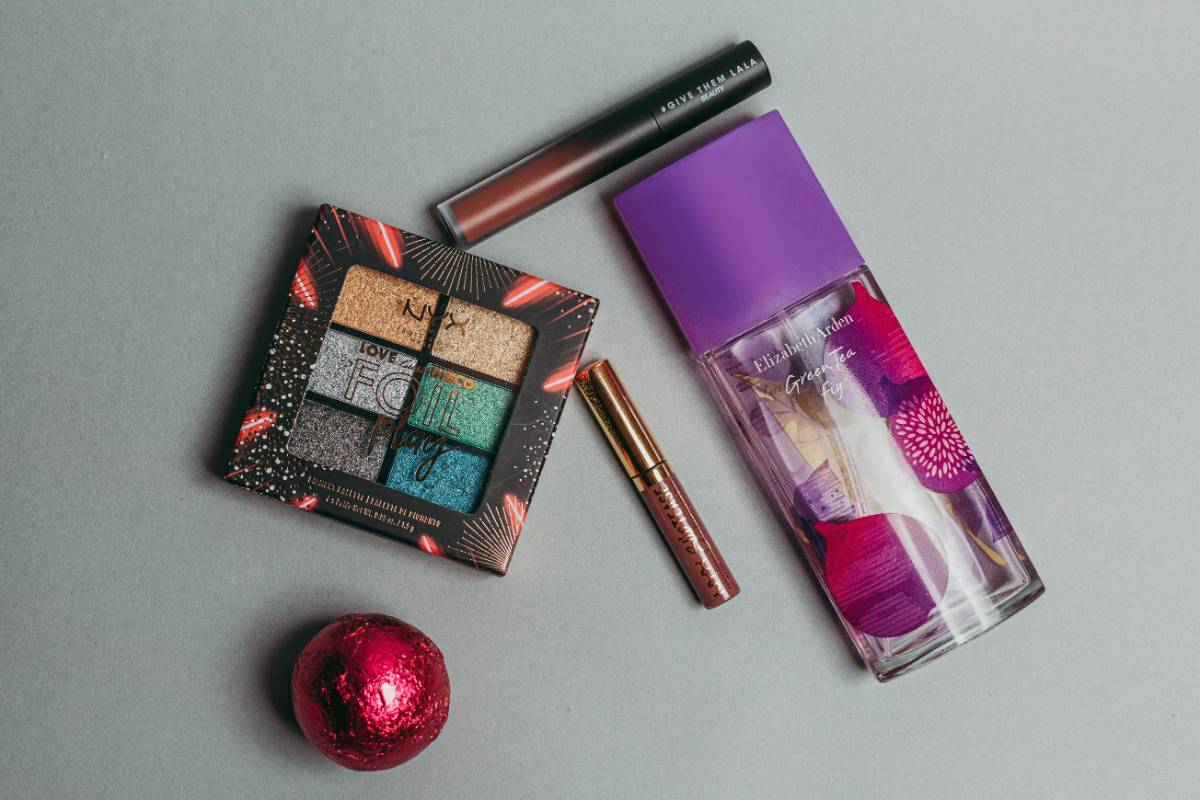
Fragrance
The World’s Most Expensive Perfumes – And Who Wears Them
Perfume has always been the invisible luxury—an olfactory signature that speaks volumes. But for the elite, scent goes far beyond a personal touch. Some perfumes are handcrafted, gemstone-encrusted, and priced in the thousands. Let’s explore the world’s most expensive perfumes—and the celebrities and royals who wear them.***1. Clive Christian No. 1 Imperial Majesty – $12,000+ per ozKnown as the crown jewel of perfumery, this fragrance comes in a Baccarat crystal bottle with a 24-carat gold collar and a five-carat diamond. Only a few were ever made. It’s said to be worn by British aristocrats and billionaires who crave exclusivity and heritage.***2. Roja Parfums Haute Luxe – $3,500 per bottleCrafted by British perfumer Roja Dove, Haute Luxe is a complex blend of rare rose de mai, jasmine, and oud. The formula is kept secret, and only limited bottles are made each year. Celebrities like Tom Hiddleston and models from Chanel campaigns are known fans of Roja’s fragrances.***3. Baccarat Les Larmes Sacrées de Thebes – $6,800 per ozThis fragrance is not just about scent—it's sculpture. Housed in a pyramid-shaped Baccarat crystal bottle, this perfume includes frankincense and myrrh with florals and amber. Rumored to be a favorite of royalty in the Middle East, it’s as rare as it is luxurious.***4. Chanel Grand Extrait – $4,200 per 30 ozThe Chanel No. 5 Grand Extrait is luxury bottled in its purest form. The perfume is made in small batches using the most delicate extraction techniques. Hollywood icons like Marilyn Monroe made this scent legendary—and today, it continues to be adored by stars like Nicole Kidman and Margot Robbie.***5. House of Sillage Tiara – $1,200 per ozAdorned with Swarovski crystals and featuring notes of Madagascar vanilla and rare roses, Tiara is known for its sweet sophistication. It's a red-carpet favorite among influencers and celebrities, from red carpet hosts to royalty attending galas.***6. Henry Jacques “Clic-Clac” Collection – Custom PricingThis French haute parfumerie offers bespoke scents stored in custom leather cases embedded with gold or diamonds. Prices vary by customization. Known to be favored by Gulf royals and high-fashion insiders, these scents are more treasure than fragrance.***7. Amouage Gold – $400+ per bottleThough more accessible than others on this list, Amouage Gold’s complexity and heritage make it elite. Commissioned by the Sultan of Oman, it includes frankincense, myrrh, and florals. Worn by diplomats and luxury travelers, it's a signature of taste and tradition.***8. Celebrity Perfume ObsessionsBeyoncé is rumored to adore Clive Christian, while Rihanna’s scent—reportedly a blend of Kilian’s Love, Don’t Be Shy—is often talked about. Johnny Depp leans toward earthy, woody tones, favoring Dior’s Sauvage, which isn’t the most expensive, but has become a modern classic.***9. The Experience Behind the PriceThese fragrances are crafted by master perfumers using the rarest ingredients—Oudh from Assam, Bulgarian rose, Ambergris, and Orris root. Every element is curated: from ingredient sourcing to bottle design, down to how the scent develops hour by hour on the skin.***10. Perfume as PowerFor the ultra-wealthy, perfume isn’t just about smelling good—it’s a form of identity, wealth, and personal branding. A rare scent can signal status more subtly than a designer logo. In elite circles, knowing what someone wears says as much as their watch or car.***ConclusionThe world’s most expensive perfumes are more than fragrances—they’re legacies, handcrafted luxuries that blend art, chemistry, and exclusivity. Whether worn by royalty, stars, or tastemakers, these scents leave an invisible yet unforgettable trail of power and prestige.
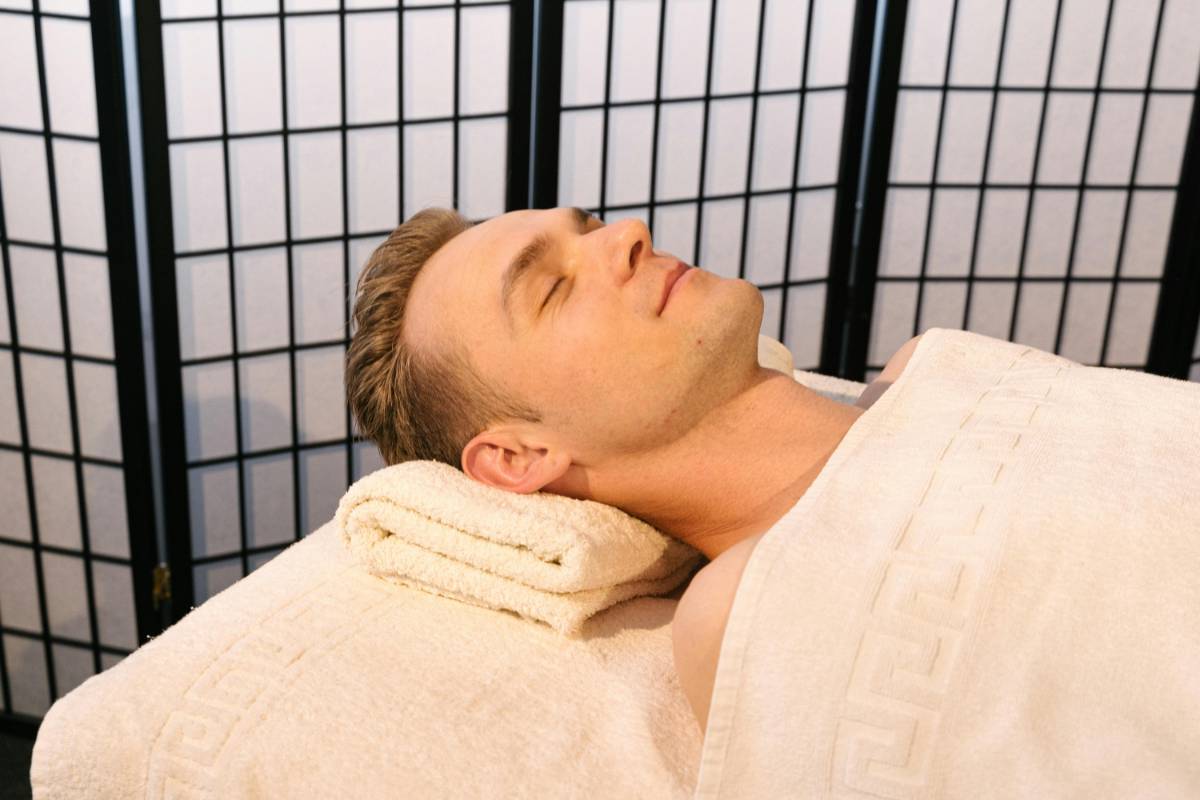
Luxury Skincare
Luxury Skincare for Men: The Quiet Revolution
Luxury skincare is no longer exclusive to women. Over the past decade, a quiet revolution has been reshaping the male grooming industry, led by powerhouse brands recognizing men’s evolving skincare needs. This transformation goes beyond simple marketing — it's a cultural shift redefining masculinity through self-care and personal expression.***1. Changing Attitudes Toward Self-CareToday’s modern man values wellness and appearance. Skincare has become a key part of self-care, with luxury products replacing the once-standard bar soap and aftershave routine. This shift is driven by a growing awareness of skin health and the long-term benefits of proper skincare, with men now prioritizing hydration, sun protection, and anti-aging.***2. Premium Brands Enter the GameLeading luxury houses have made strategic entries into the men's skincare space. Chanel’s ‘Boy de Chanel’ line includes everything from foundation to lip balm—tailored for male skin but universally appealing. Tom Ford’s skincare for men emphasizes sophistication with effective, dermatologically-tested ingredients. Brands like Kiehl’s, Sisley Paris, and Clinique for Men have also broadened their portfolios to offer luxurious yet functional options.***3. Formulations Made for MenMen’s skin is biologically different—thicker, oilier, and more prone to enlarged pores. Luxury brands are responding with products that contain purifying ingredients like charcoal, exfoliating acids such as glycolic, and firming agents like caffeine and peptides. These formulations are non-greasy and fast-absorbing, perfect for active lifestyles.***4. Discreet Yet Effective PackagingIn luxury skincare, aesthetics matter. For men, packaging is sleek, minimal, and masculine. Matte black bottles, clean labeling, and bold yet subtle typography create an air of refinement. This appeals to men who want efficacy with elegance, without the fuss of ornate presentation.***5. Ingredients That PerformWhat sets luxury skincare apart are the ingredients. La Mer’s Miracle Broth—crafted from sea kelp and bio-fermented actives—targets multiple skin concerns. Dior Homme Dermo System uses bio-fermented yeast extract and vitamin E to combat pollution and fatigue. Brands are investing in cutting-edge science, blending botanicals with biotech for results-driven experiences.***6. Celebrity InfluenceMale celebrities, athletes, and influencers are reshaping the grooming narrative. David Beckham's collaboration with L’Oréal, Pharrell Williams’ Humanrace skincare line, and even BTS's beauty routines have propelled male skincare into the spotlight. These figures normalize the concept that looking after your skin is not only acceptable but aspirational.***7. Spa and Facial Culture for MenLuxury spas and wellness centers now cater specifically to male clientele. From oxygen facials and LED treatments to hydrating masks and steam therapies, these services are tailored to men’s skin needs. Sisley Paris, La Prairie, and Clarins Men offer exclusive treatments across high-end hotels and boutiques.***8. Time-Efficient LuxuryMen value practicality. High-end skincare brands are creating multifunctional products—anti-aging serums that hydrate, brighten, and firm in one go. This is ideal for men seeking maximum results with minimal time commitment. Products like eye-roll-ons and cleansing foams offer convenience without sacrificing quality.***9. Skincare as a Status SymbolA La Prairie caviar cream on a bathroom shelf speaks volumes. In luxury circles, skincare has become an extension of personal branding. Using a $200 moisturizer or a premium serum shows attention to detail, financial success, and a commitment to self-care—qualities admired in modern society.***10. A Growing Market with No Signs of SlowingThe male luxury skincare market is expected to cross multi-billion-dollar thresholds globally. E-commerce platforms are expanding their men’s sections. Brands are offering personalized routines via AI-driven consultations. From anti-pollution creams for urban dwellers to post-workout hydrators, luxury skincare for men is dynamic, inclusive, and ever-expanding.***11. The Psychological EdgeGreat skincare isn’t just about appearances. It impacts confidence, mood, and mental well-being. Men who invest in quality skincare often report improved self-image and reduced stress. The ritual of skincare is also meditative—a few mindful minutes that set the tone for the day or unwind it at night.***ConclusionThe quiet revolution in men’s luxury skincare isn’t about vanity—it’s about confidence, care, and control. It’s about breaking stereotypes and elevating daily routines into experiences. As more men embrace premium products and personalized regimens, the luxury skincare industry is not only expanding but evolving—with inclusivity, innovation, and intention at its core.
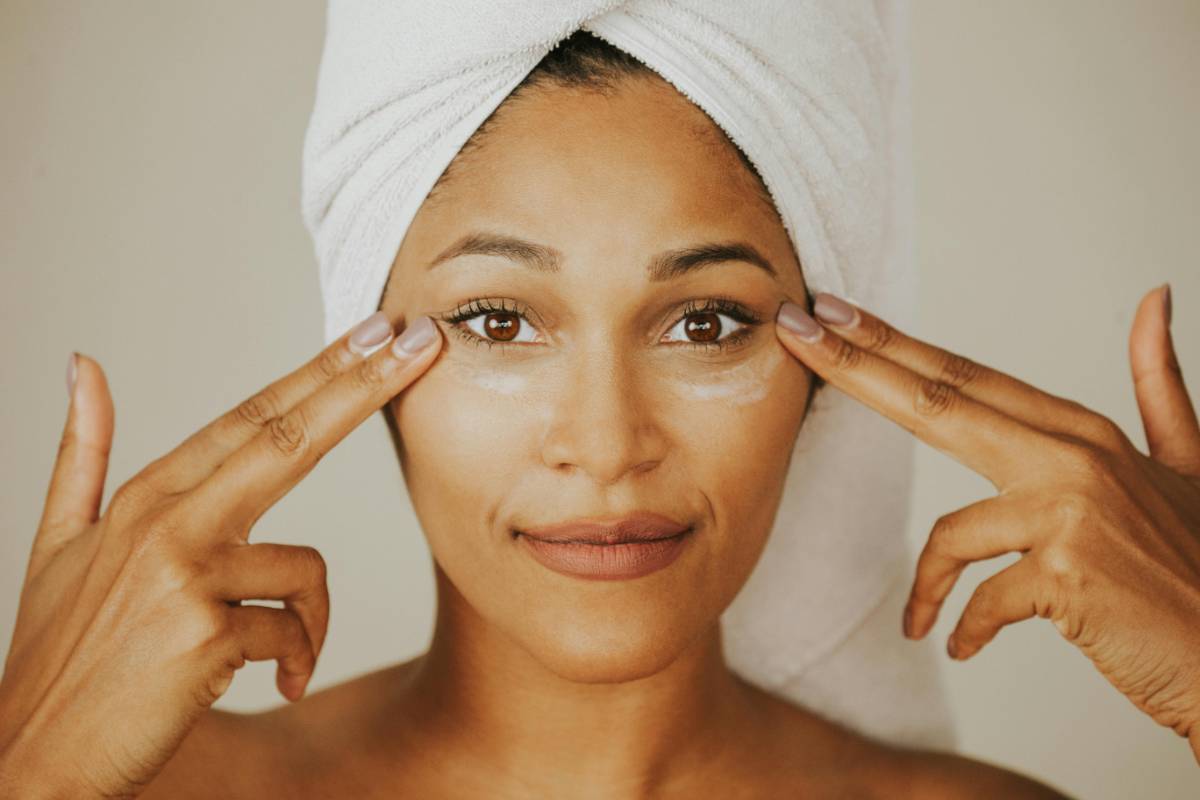
Luxury Skincare
Exploring the Rise of Caviar in Anti-Aging Creams
Caviar—long associated with luxury dining—has found a new role in high-end skincare. In 2025, anti-aging creams infused with caviar extract are taking center stage, promising youthful radiance and skin regeneration. But what exactly makes caviar so special in the world of beauty? Let’s dive into the science, the benefits, and the growing popularity of this elite ingredient.***1. What is Caviar Extract?Caviar extract is derived from the eggs of sturgeon fish and is rich in proteins, vitamins, omega-3 fatty acids, and amino acids.These nutrients are believed to nourish the skin, enhance elasticity, and support collagen synthesis.***2. The Anti-Aging ClaimsLuxury skincare brands highlight caviar’s ability to improve hydration, reduce the appearance of fine lines, and restore skin texture.Because of its high concentration of cell-communicating ingredients, caviar helps promote skin regeneration.***3. Deep Hydration & Barrier SupportCaviar extract contains essential fatty acids that help strengthen the skin barrier, locking in moisture and protecting against environmental damage.Many users report visibly plumper and smoother skin with regular use.***4. Antioxidant PowerCaviar is naturally rich in selenium and vitamin E—two powerful antioxidants that combat oxidative stress and slow down the aging process.These antioxidants help fight free radicals caused by pollution, UV exposure, and daily stressors.***5. Collagen Production BoostBy delivering amino acids directly to the skin, caviar-infused creams may enhance collagen and elastin production.This can result in firmer skin and a noticeable reduction in sagging over time.***6. Who’s Using Caviar Creams?A-list celebrities like Cate Blanchett, Naomi Watts, and Nicole Kidman are known fans of caviar skincare.Luxury brands like La Prairie, Dior, and Natura Bissé have developed signature lines centered on caviar technology.***7. Spa Treatments & At-Home RitualsCaviar is also a key ingredient in high-end facials and anti-aging spa therapies.From caviar sheet masks to overnight treatments, the ingredient offers both indulgence and performance.***8. Is it Safe for All Skin Types?Caviar extract is generally well-tolerated but may not be suitable for those with seafood allergies.Always patch-test and consult with a dermatologist if you have sensitive or reactive skin.***9. The Price of LuxuryCaviar creams don’t come cheap—many products retail between $200 and $1,000 per jar.However, enthusiasts argue that the long-term benefits and luxurious feel justify the investment.***10. Beyond the HypeWhile clinical studies on caviar in skincare are still developing, early research and anecdotal reviews suggest real benefits.As a bioavailable, nutrient-rich ingredient, it represents the fusion of nature and science in luxury skincare.***ConclusionThe rise of caviar in anti-aging creams is more than just a beauty trend—it reflects the ongoing evolution of luxury skincare. With its rich nutrient profile and ability to support skin repair, hydration, and resilience, caviar extract has carved a niche in the elite beauty market. If you're ready to invest in a product that pampers and performs, caviar might be your next holy grail ingredient.
